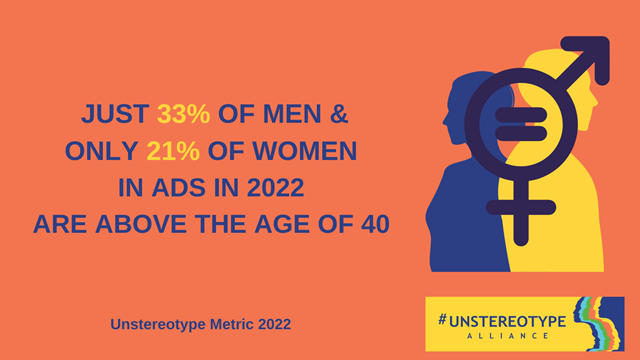Publish Date: Jan 03, 2023
In 2022, the Unstereotype Alliance and Kantar measured over 16,000 ads across 61 countries, 2,900 brands and 246 categories. The below findings were extrapolated from the exclusive Members’ report, and show some areas of progression, as well as where concentrated efforts are needed for improvement
About the Metric: The Unstereotype Alliance’s 'Unstereotype Metric’ (UM) is an open-access tool that measures how well a piece of advertising content presents a progressive or regressive image of the female and/or male character(s). The UM is a single measure question that can be applied to advertising creative at any stage of the process through to completion. It is used by members of the Unstereotype Alliance and other advertisers across the world. In 2023 the UM will expand to formally measure representations of race, ethnicity, age and ability in addition to and intersecting with gender.
1. Unstereotype Metric scores plateaued in 2022, yet Unstereotype Alliance members outperformed the average for both female and male UM scores
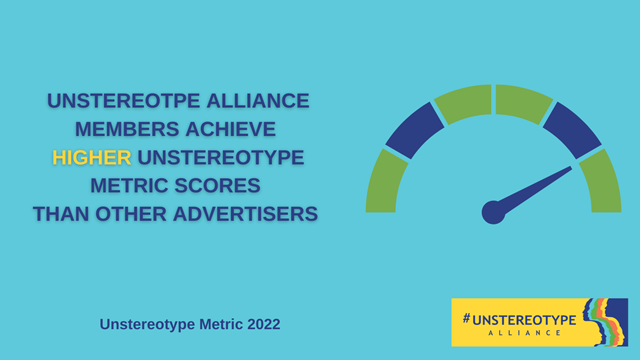
2. People living with a disability were enormously underrepresented in advertising in 2022
Only 1% of ads featured someone living with a disability, versus 15% of the global population.
Despite this disproportionately low level of representation, when people living with a disability are included in the ad, 54% are shown in a lead role.
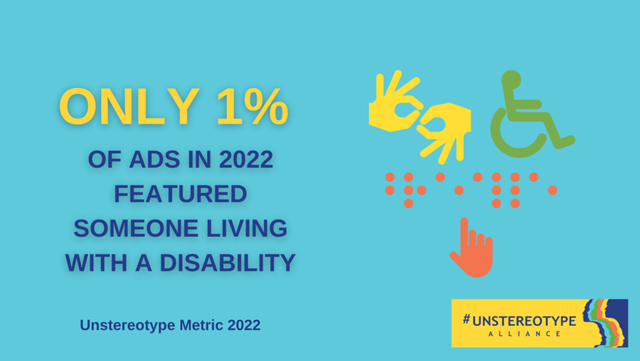
3. Progressive portrayals of all people benefit society and benefit business. Unstereotype Alliance members are leading the charge
Ads with higher Unstereotype Metric scores have greater impact and are more likely to see a return on advertising investment, with higher scores for brand likeability, brand closeness and purchase intent.
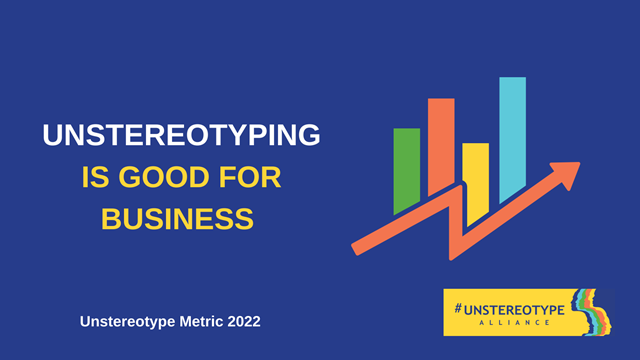
4. One third of the global ads measured show diversity in the colour of people’s skin
This has slowly but surely increased year on year since 2019, suggesting greater mindfulness around the bias of colourism in advertising.
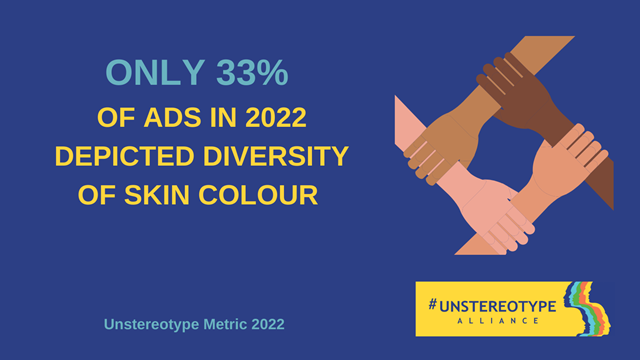
5. People over the age of 40 are woefully underrepresented in advertising worldwide, particularly women aged 40+.
Both men and women above 40 are featured less than a quarter the amount of younger people, despite a consistently ageing population across developed countries.
